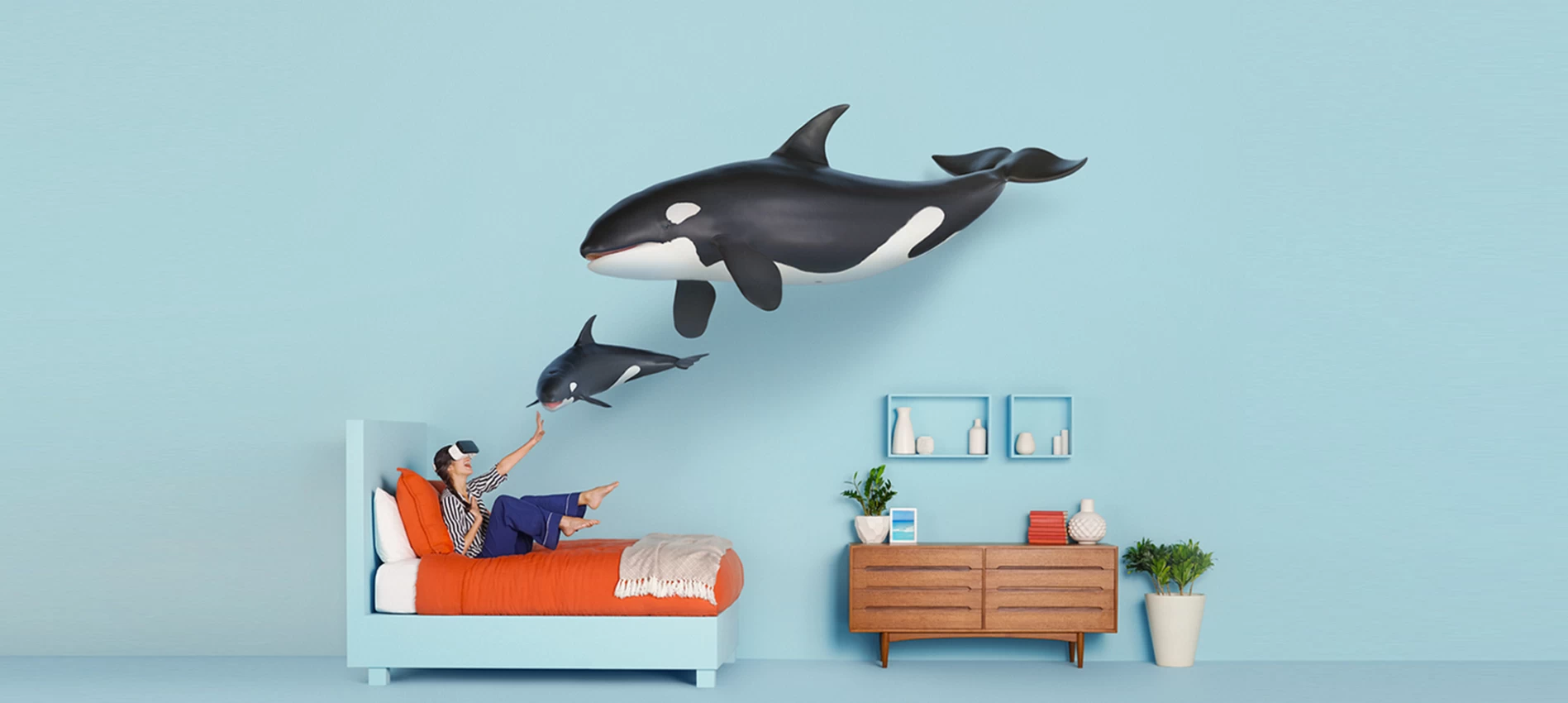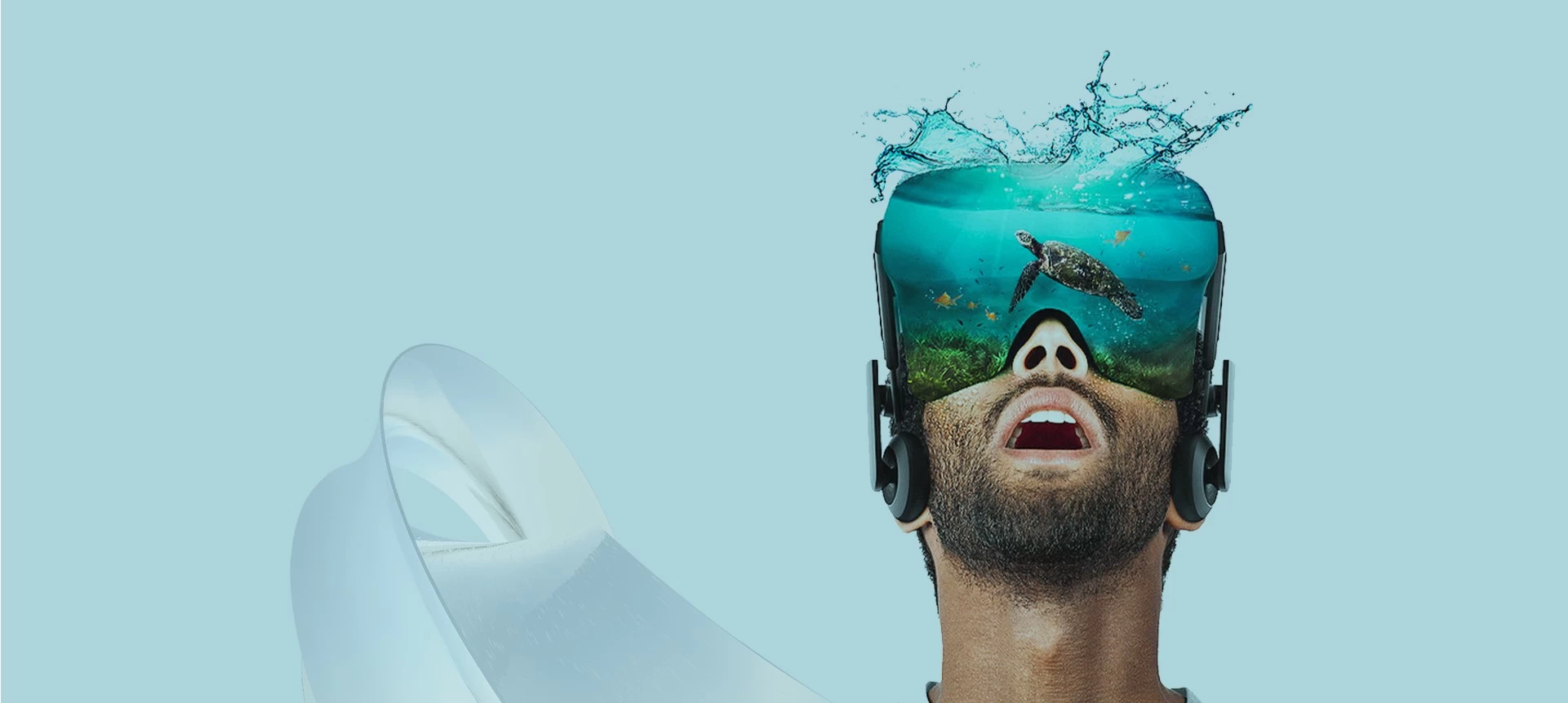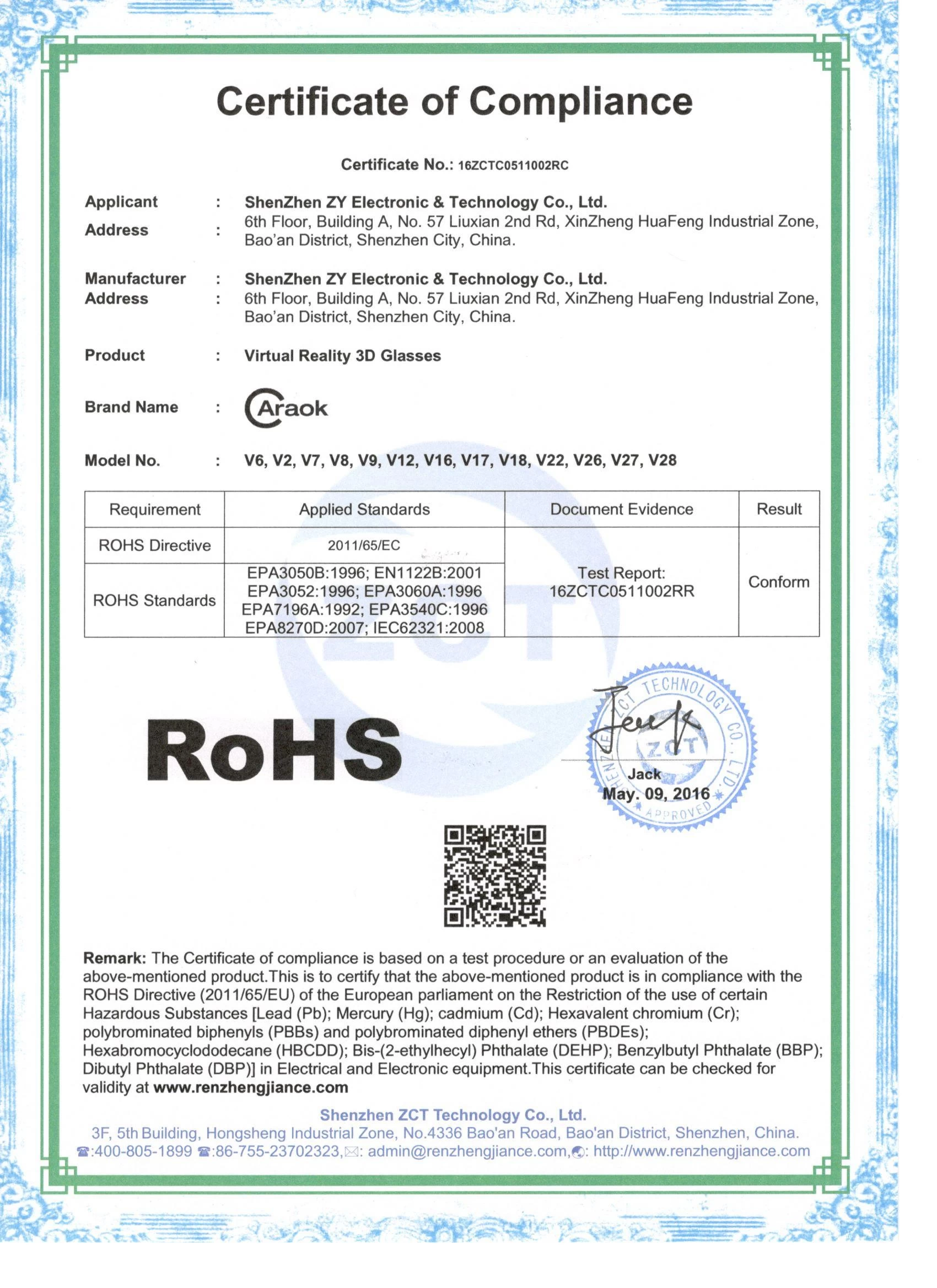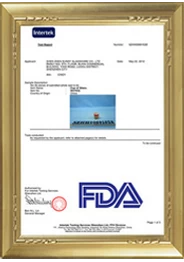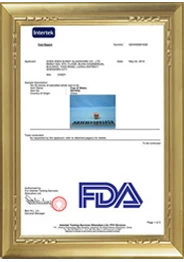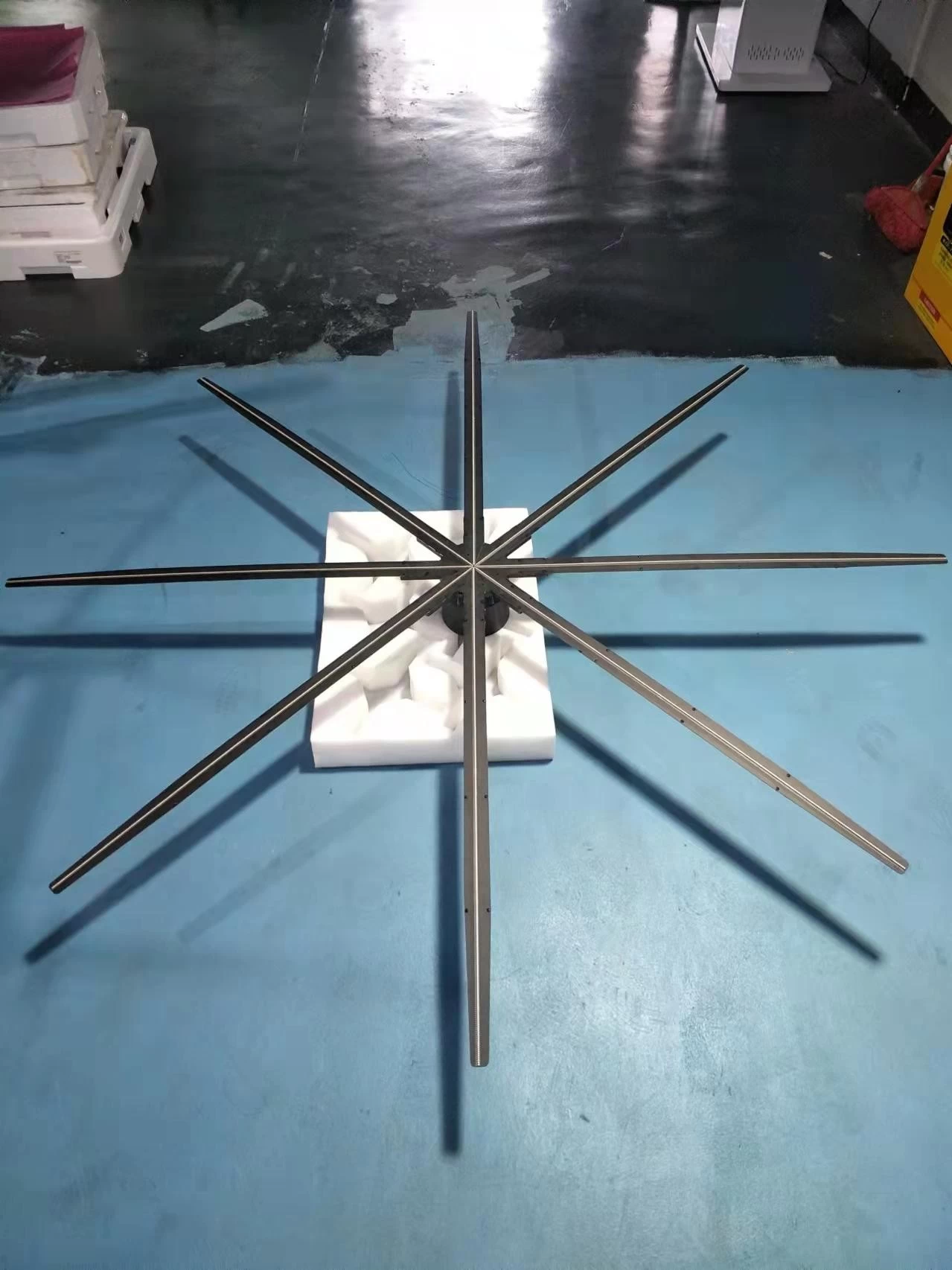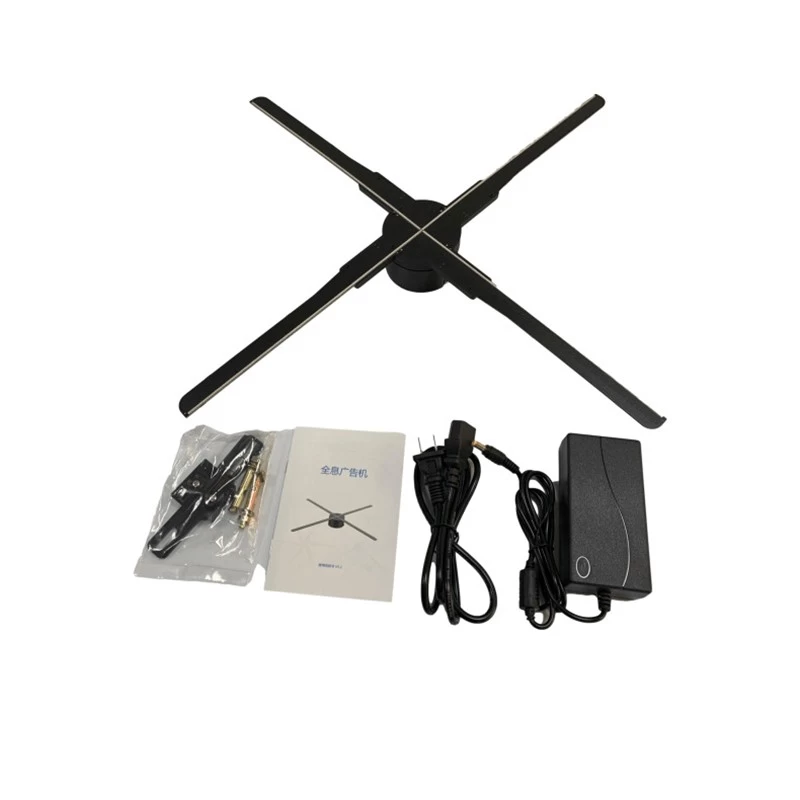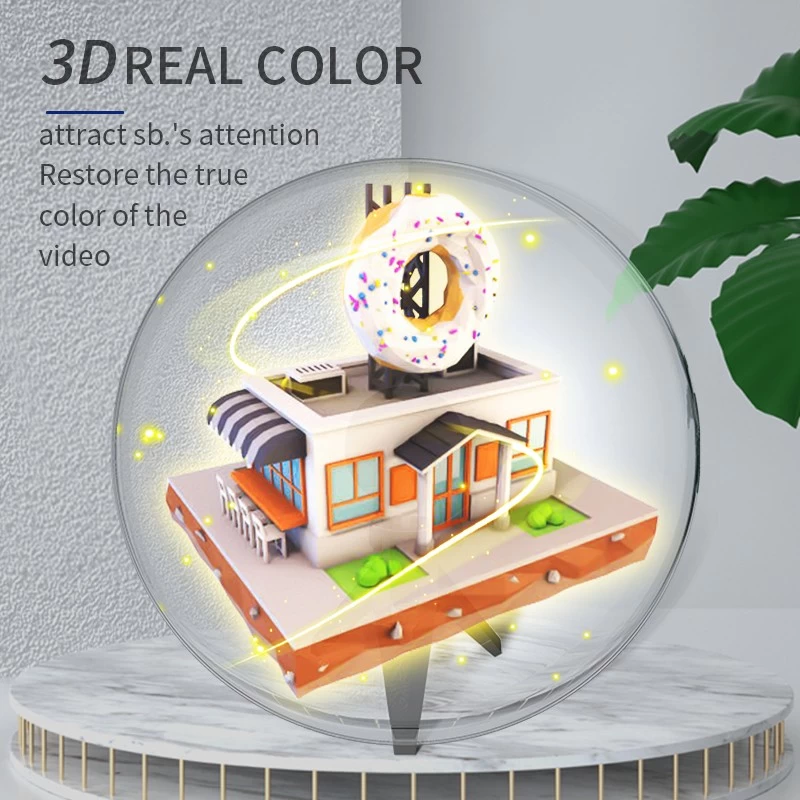The black technology "3D hologram fan" invented by a Chinese guy has entered the American art hall
The black technology "3D hologram fan" invented by a Chinese guy is used in the latest work of American artist Jordan Wolfson (b. 1980) in his fourth solo exhibition at Zwirner Gallery's Paris space. The exhibition consists of two parts: a 3D holographic installation of a 3D holographic fan, showing a series of images created by the artist; and a series of wall-mounted brass metal sheets with snapshots of Wolfson's childhood.
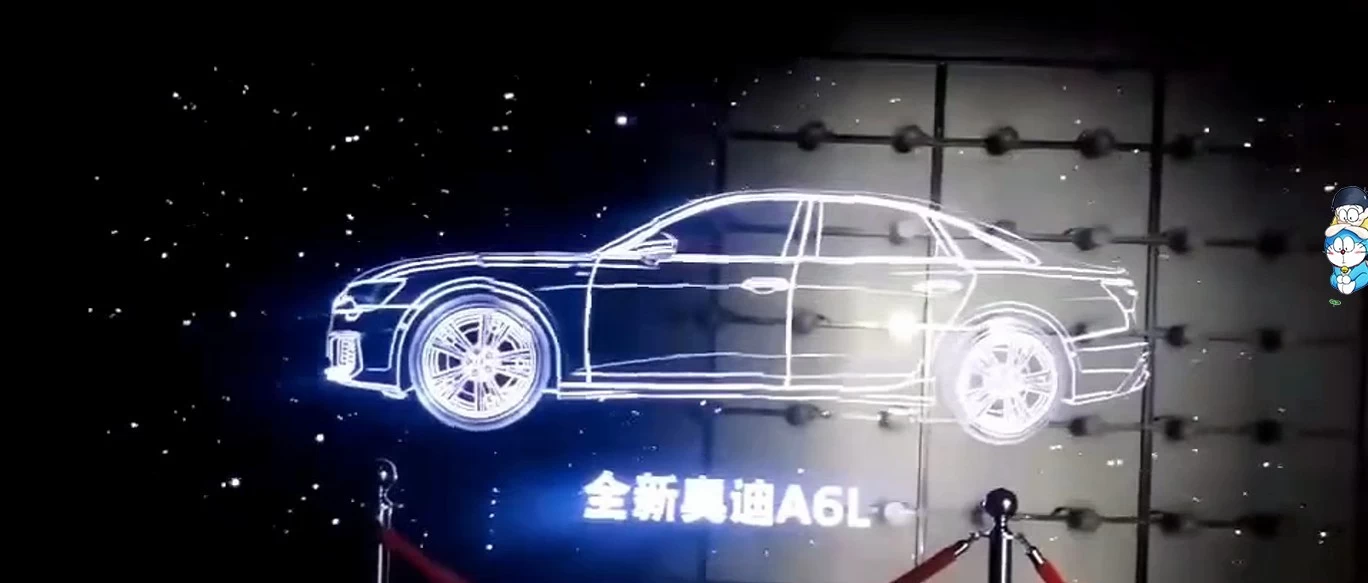
Jordan Wolfson (b. 1980. United States) is known as the "most promising new star" in the American contemporary art world. He graduated from the Sculpture Department of Rhode Island School of Design in 2003 with a Bachelor of Fine Arts degree. In 2009, Wolfson received the "Cartier Prize" from the Frieze Foundation. In 2013, the artist joined Zwirner Gallery and subsequently held three solo exhibitions at the gallery in 2014, 2016 and 2018. . In 2017, the artist was invited to participate in the Whitney Biennial. In 2018, he presented his work Colored Sculpture at Tate Modern, London, and exhibited major projects at Frieze London. That same year, Wolfson had solo exhibitions at the Broad Museum of Art in Los Angeles and the Zabrodowicz Collection in London.
Wolfson's continuous research on the relationship between media, information systems, contemporary technology and individuals runs through Wolfson's artistic practice from beginning to end. He observes the commonalities of art, technology and mass media, as well as his understanding of today's images and information. An inquiry into the mode of communication of experience.
With ARTISTS FRIENDS RACISTS, Wolfson further explores American culture and contemporary life. The work of the same name in the exhibition uses a new holographic imaging technology. The whole work consists of multiple high-speed rotating 3D holographic fans, and the fan blades are inlaid with mini LEDs. These LEDs are programmed to light up with high speed and precision, creating the illusion of images levitating in mid-air while spinning at high speeds. Originally marketed for commercial use, these unique devices guide consumers and showcase brands with their dynamic and novel visual form.
Multiple 3D holographic fans in Wolfson's work display animated figures, symbols and text, including images of cartoon hearts, puppies, cats in captivity, and more. The thematic words "Artists", "Friends" and "Racists" are smashed intermittently, linking the above visual elements into a system. At times, Wolfson's animations are overlaid over multiple photo and video clips, ranging from relatively prosaic things (like cookies) to more intense public scenes—like police cars and 9/11 firefighters in . In the gallery space, this series of elements seems to perform a carefully choreographed dance or an entire musical composition; the images are sometimes in sync, presenting the same image on multiple 3D holographic fans, and sometimes in syncopated rhythms with A sense of incongruity. These visual elements and animations appear inanimate, floating freely, as if superimposed on the physical world of matter. Enigmatic, playful and disturbing, the work highlights how symbols, images and even language have gained a place in today's advanced image economy. They exist like ghosts, transcending the constraints of the medium and its system of circulation.

Also on display is a set of wall-mounted brass metal sheets, inlaid with UV baseplate-printed snapshots of the artist's childhood. These new works belong to the artist's ongoing series of wall sculptures, and are the most personal works he has created so far. In contrast to the digitally advanced 3D holographic fans, the brass metal plates allude to ancient metallurgy and classical statues, reminiscent of the gilded surfaces of medieval churches and altarpieces. Snapshots of the artist's childhood are placed on the surface of the sheet metal, creating a surreal atmosphere that is also closely connected to the artist's own past and the general experience of feeling nostalgic for photographic images.

